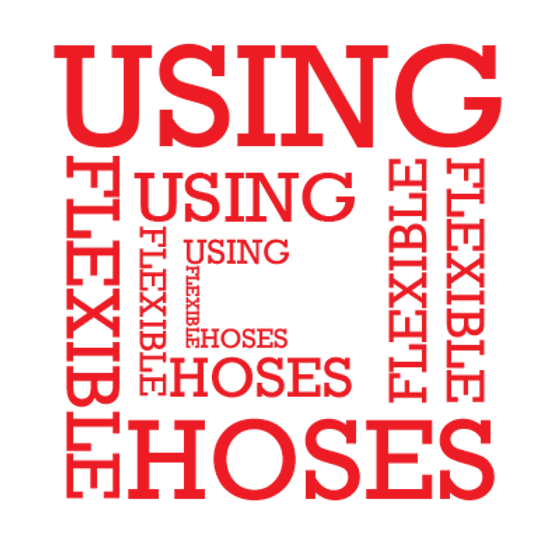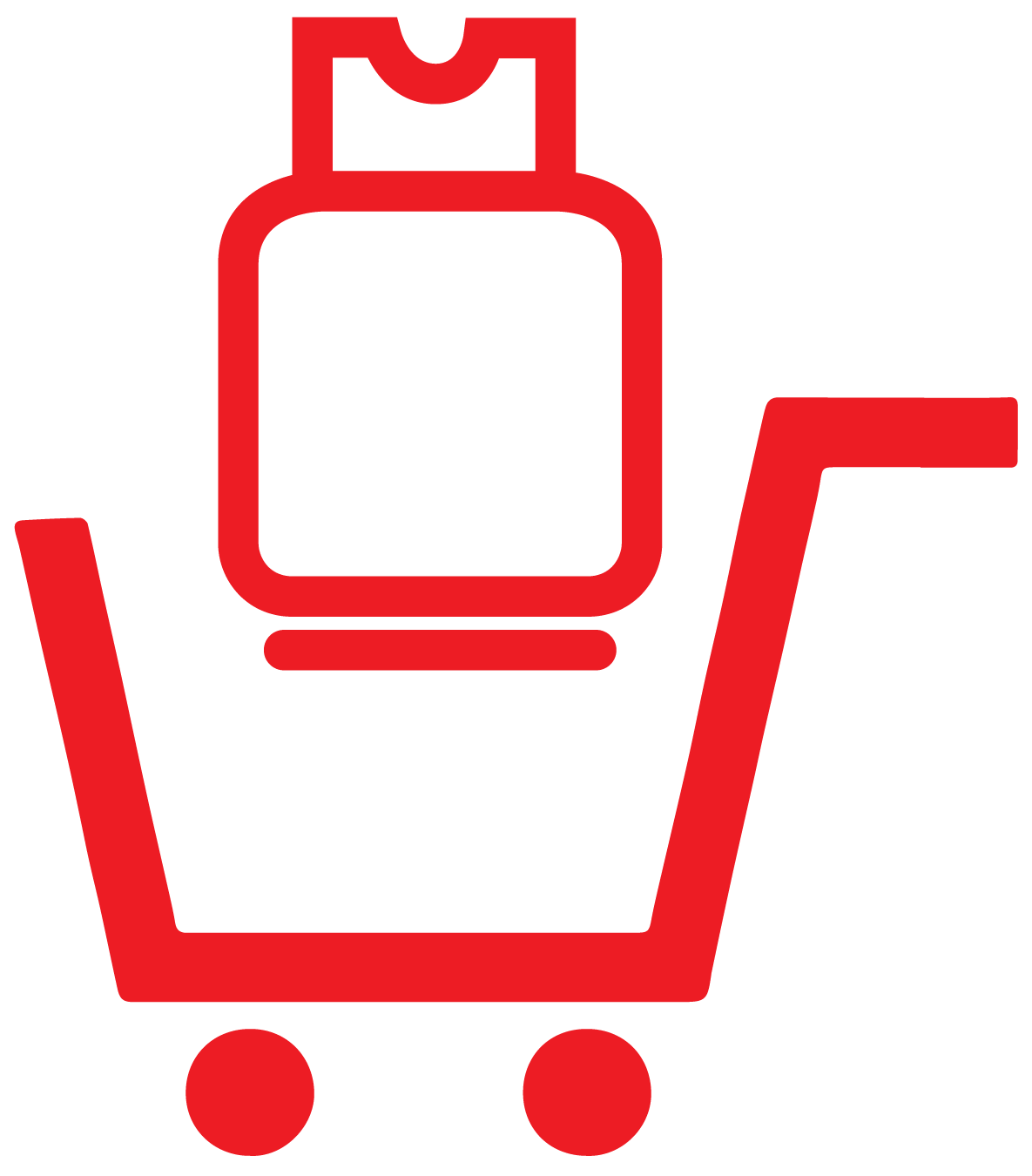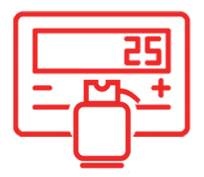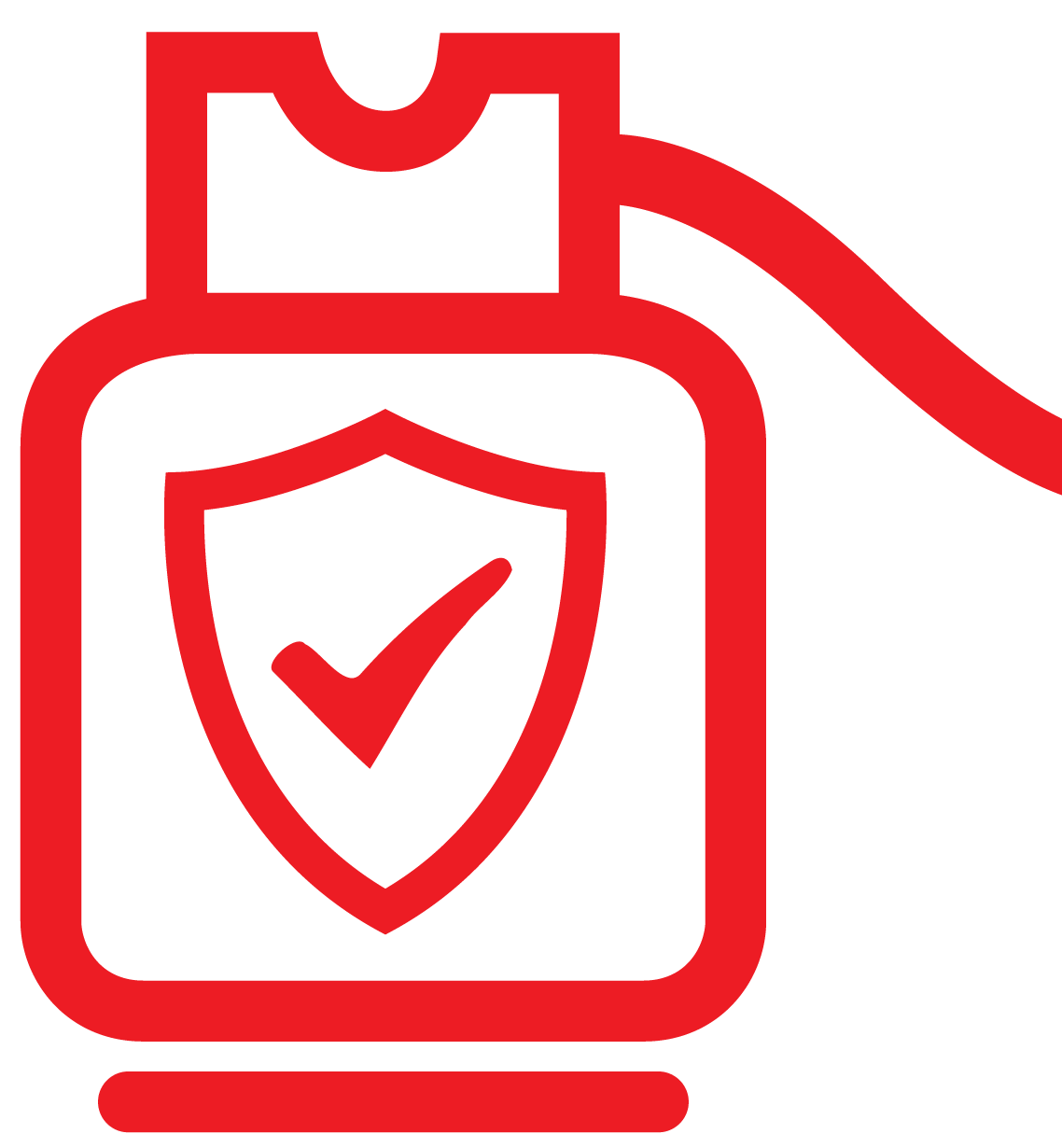Gas cylinders provide a versatile source of energy. Whatever your need – at home, restaurant, or factory, we have three different cylinder sizes to suit your needs. We can deliver to your door from our extensive delivery network of vehicles, so you can enjoy uninterrupted supply of Nader Gas without any hassle.
Which Cylinder Do I Need?
Follow the quick size-guide below to see which cylinder size is right for you.

BBQ & Patio
Heaters – 20 lb
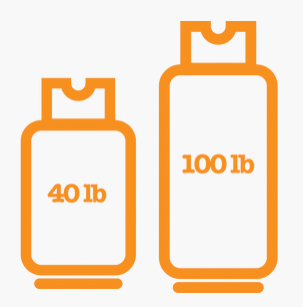
Light Commercial Use/Forklift
Trucks/Welding 40 lb or 100 lb
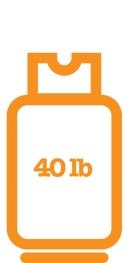
Residential - 40 lb
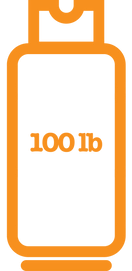
Restaurants & Heavy Industrial Use - 100 lb
Using Flexible Hoses
- To ensure you keep your hoses and tubing in tip-top condition, keep it away from bright sunlight, dampness, abrasion and excessive loading.
- The normal useful service life for a hose is approximately 5 years, so do remember to replace them at the end of their life span. Bear in mind:
- Demanding operating conditions or misuse can reduce a hose’s lifetime. Routinely check for visual signs of cuts, cracks, fading, brittleness, hot spots and more. Contact a Calor Nader Gas to check the hose if you think it’s damaged.
Handling Gas Cylinders
- Always use the proper lifting technique when moving gas cylinders.
- Gas cylinders are heavy!
- Be aware of your personal lifting limits.
- Always use and store gas cylinders in an upright position.
- Gas cylinders may be wet and slippery.
- Use gloves to ensure you have a firm grip.
- Never roll gas cylinders on their side, throw them or drop them.
- Do not use the gas bottle cap, valve or shroud to lift them.
- ‘Empty’ cylinders may still contain gas – test them by rocking the cylinder to feel the movement of the liquid.
- Never open the valve of an unconnected gas bottle as there is still likely to be some gas left inside
- The main thing is to stay safe and use common sense.
- If you’re not confident you can move the gas bottle yourself, ask someone to help you.
If you use Nader gas cylinders , you don’t even need to touch them. You will have 2 or more gas cylinders and when the first pair is empty the changeover valve automatically switches to the second pair. All you then have to do is call us and will send someone out to replace the gas cylinders, connecting them for you. It’s as easy as that.
Using LPG (Liquid Petroleum Gas)
What to do
Most importantly; when you handle LP gas bottles, treat them with care to make sure valves aren’t damaged, and always use them in an upright position. Read all instructions and labels supplied with your gas bottle or appliance, and keep them handy for future reference. We also recommend you return the gas bottle when it’s empty or out of use for a long period.
What NOT to do
– No matter what the purpose for using a LP gas bottle, you should always avoid subjecting a gas bottle to heat, as the pressure inside could build to unsafe limits.
– Never try to disconnect or unscrew a regulator from a gas bottle if the flame doesn’t go out when the cylinder handwheel is turned off.
– Don’t store or use gas bottles in cellars or below ground level.
Storing Gas Cylinders
Dos
- Store and use gas cylinders in an upright position.
- Store gas cylinders in well-ventilated places.
- Ensure gas cylinders are stored away from heat and ignition sources.
- Make sure gas cylinders are stored outdoors, away from building entry/exit points and drains.
Don'ts
- Store or use gas cylinders below ground level.
- Use gas cylinders in places where gas is prohibited, such as high-rise flats.
- Keep gas cylinders near any corrosive, toxic or oxidant material
- Never attempt to force a regulator of one size on to a bottle’s valve of another size
- It’s also important to never improvise or modify a gas appliance, and avoid obstructing access to gas bottles.
Looking After Your Hoses & Tubing
Looking After Your Hoses & Tubing
- Demanding operating conditions or misuse can reduce a hose’s lifetime.
- Routinely check for visual signs of cuts, cracks, fading, brittleness, hot spots and more.
- Contact Nader Gas to check the hose if you think it’s damaged.
